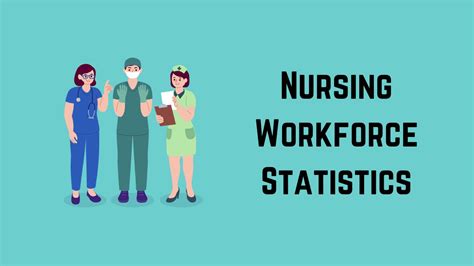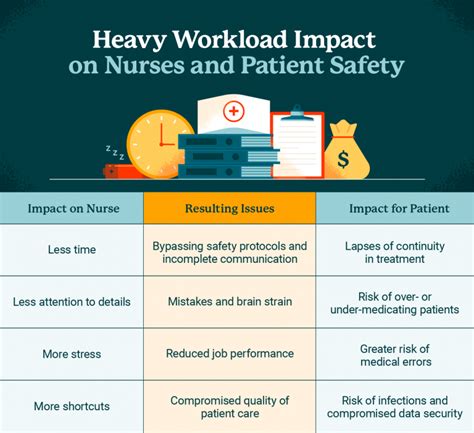Intro
Discover the current number of nurses in the United States and explore the latest nursing workforce trends. Learn about the nursing shortage, nurse-to-patient ratios, and the impact of healthcare reforms on nursing employment. Get the latest statistics and insights on the US nursing workforce, including RNs, LPNs, and APRNs, and what they mean for the future of healthcare.
The nursing profession is one of the most vital and in-demand careers in the United States today. Nurses play a crucial role in the healthcare system, providing hands-on care to patients, administering medications, and educating families on healthy habits and disease prevention. With an aging population and an increased focus on healthcare, the demand for skilled nurses has never been higher. But have you ever wondered how many nurses there are in the United States?

Current Nursing Workforce Statistics
According to the Bureau of Labor Statistics (BLS), as of 2022, there are over 3 million registered nurses (RNs) employed in the United States. This number represents a significant increase from 2012, when there were approximately 2.7 million RNs. The BLS also projects that employment of RNs will grow 9% from 2020 to 2030, much faster than the average for all occupations.
Breakdown of Nursing Workforce by Specialty
The nursing workforce is diverse, with various specialties and settings. Here's a breakdown of the number of nurses by specialty:
- Registered Nurses (RNs): 3,096,700
- Licensed Practical/Vocational Nurses (LPNs/LVNs): 702,700
- Advanced Practice Registered Nurses (APRNs): 263,400 (includes Nurse Practitioners, Certified Nurse Midwives, Certified Registered Nurse Anesthetists, and Certified Nurse Specialists)
- Certified Nursing Assistants (CNAs): 1,475,100

Nursing Shortages and Challenges
Despite the growing number of nurses, the United States is still facing significant nursing shortages, particularly in certain specialties and regions. Some of the challenges contributing to these shortages include:
- Aging population: As the baby boomer generation ages, the demand for healthcare services increases, putting pressure on the nursing workforce.
- Retirement: Many experienced nurses are nearing retirement, leading to a loss of expertise and knowledge.
- Limited educational capacity: Nursing schools face challenges in expanding their programs to meet the growing demand for nurses.
- Workforce burnout: Nurses often work long hours, face high-stress situations, and experience burnout, leading to turnover and shortages.
Strategies to Address Nursing Shortages
To address these challenges, healthcare organizations, educational institutions, and policymakers are implementing various strategies, including:
- Increasing funding for nursing education programs
- Offering loan forgiveness programs and scholarships to attract new nurses
- Implementing flexible scheduling and work-life balance initiatives to retain existing nurses
- Encouraging diversity and inclusion in the nursing workforce
- Fostering partnerships between healthcare organizations and educational institutions to develop pipeline programs

The Future of Nursing
The nursing profession is evolving rapidly, with technological advancements, changing patient needs, and shifting healthcare landscapes. To meet these challenges, nurses must be adaptable, innovative, and committed to lifelong learning. Some of the emerging trends in nursing include:
- Telehealth and virtual care
- Artificial intelligence and data analytics
- Personalized medicine and genomics
- Global health and disaster response
Preparing for a Career in Nursing
If you're considering a career in nursing, here are some steps to take:
- Research different nursing specialties and settings
- Pursue a degree in nursing ( Associate's, Bachelor's, or Master's)
- Gain experience through internships, volunteering, or shadowing nurses
- Stay up-to-date with industry developments and continuing education requirements

We invite you to share your thoughts on the current state of the nursing workforce and the challenges it faces. What do you think are the most pressing issues, and how can we work together to address them? Share your comments below and let's start a conversation!
What is the current number of registered nurses in the United States?
+As of 2022, there are over 3 million registered nurses (RNs) employed in the United States.
What are the most in-demand nursing specialties?
+The most in-demand nursing specialties include pediatrics, gerontology, oncology, and critical care.
What can be done to address nursing shortages?
+Strategies to address nursing shortages include increasing funding for nursing education programs, offering loan forgiveness programs and scholarships, and implementing flexible scheduling and work-life balance initiatives.
